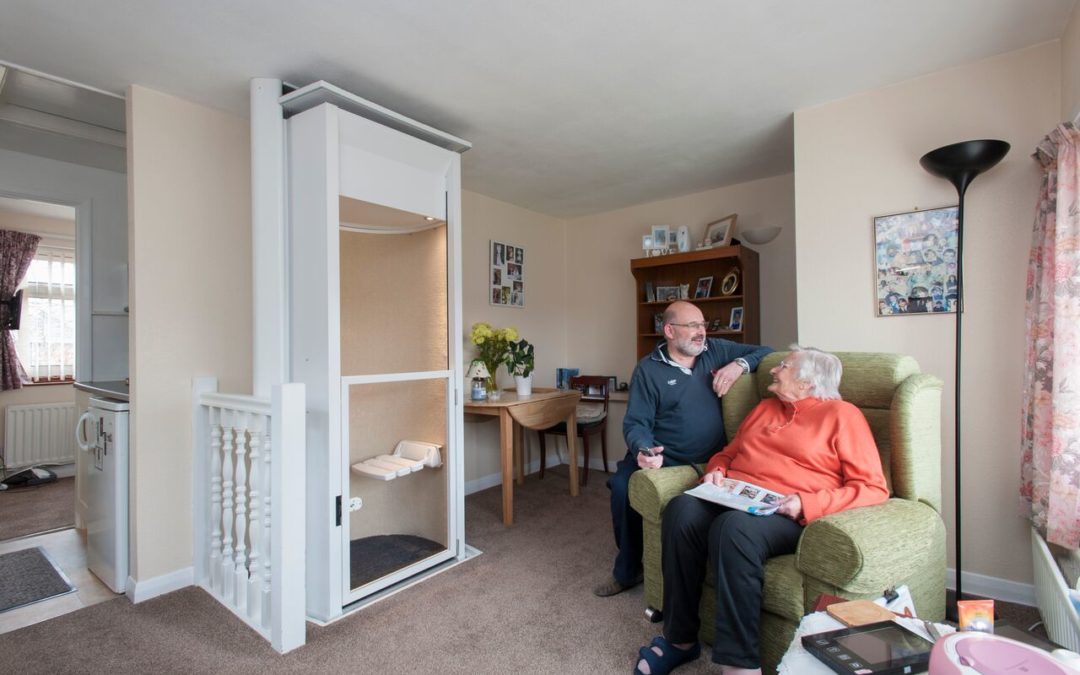The cost of installing a home elevator or stair lift in your home when the stairs become challenging costs less than four to six months of assisted care living according to research by a Massachusetts interior designer for the American Society of Interior Designers Foundation.
Lisa Bonneville, an East Coast interior designer who specializes in issues of accessibility, has looked into the main factors which cause older people to feel that their beloved family homes have called time on them, forcing them to pursue a more suitable residence for their mobility and safety needs.
Bonneville’s ASIDF-funded research compared the costs of accessibility upgrades, including health assistance in the home, with the cost of assisted living facilities, finding that once someone requires eight hours of care per day, the cost is comparable to living in assisted care.
The research continues to say that eight hours per day is a lot of care: most people who need care require far less, and so in making adaptions to the home, not only can people stay in their own home, that extra money can be saved as a result.
In her day job, Bonneville helps homeowners by assessing their physical needs and finding ways to adapt their homes to enable them to keep living in them even with limitations. The key issues, she says, involve external access to the house, getting from floor to floor, and making kitchens and bathrooms accessible for specialized needs.
Speaking to Forbes, Bonneville explained that people often thought making changes to the home would be ‘expensive’ and so often think that the only option is to move out to a smaller or adapted property, or into care. But actually, she insists, it is important to look at comparative costs.
“Some changes are not costly at all, such as widening doorways, putting in grab handles and creating flush thresholds. Even sinks can easily be converted to accommodate a wheelchair,” she is quoted in the article as saying.
Bonneville maintains that larger construction projects and adaptions, including for example mobility aids such as residential elevators, should be looked at against comparable costs. She adds: ‘Elevators and stair lifts can cost less than four to six months of assisted care living.”
She cites that most often it is the stairs that make people move. Physical decline or a mobility issue make the climbing the staircase a dangerous undertaking, often rendering a whole floor out of access.
Even in one-story houses, sunken living rooms, steps leading to the front door, or doorways too narrow for walkers and wheelchairs can make a once loved home inhospitable for anyone with physical limitations.
But Bonneville argues that most issues can be overcome and states the importance that homeowners are given the option of staying in their home and community.
“If you love where you live and don’t want to leave your family home, it’s well worth getting a professional to design it to work for you. The costs of moving into a facility are greater than just the financial costs – they include leaving your neighbors and local friends, your garden, and all the things that bring you comfort and support.
“Planning ahead, means you can stay in your home even when you can’t climb stairs any more. It will save you time and money – and will bring peace of mind. All in all it puts you back in control, your house should never tell you when it’s time to leave home.”

